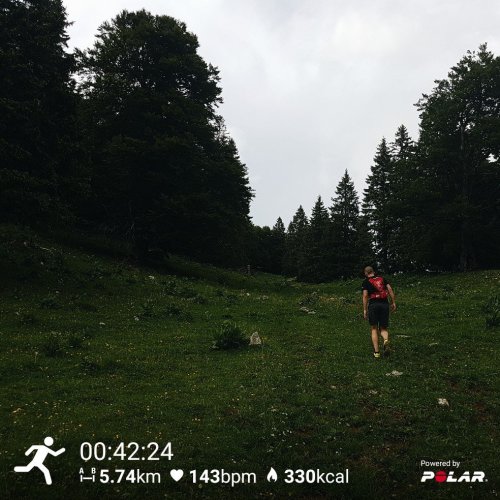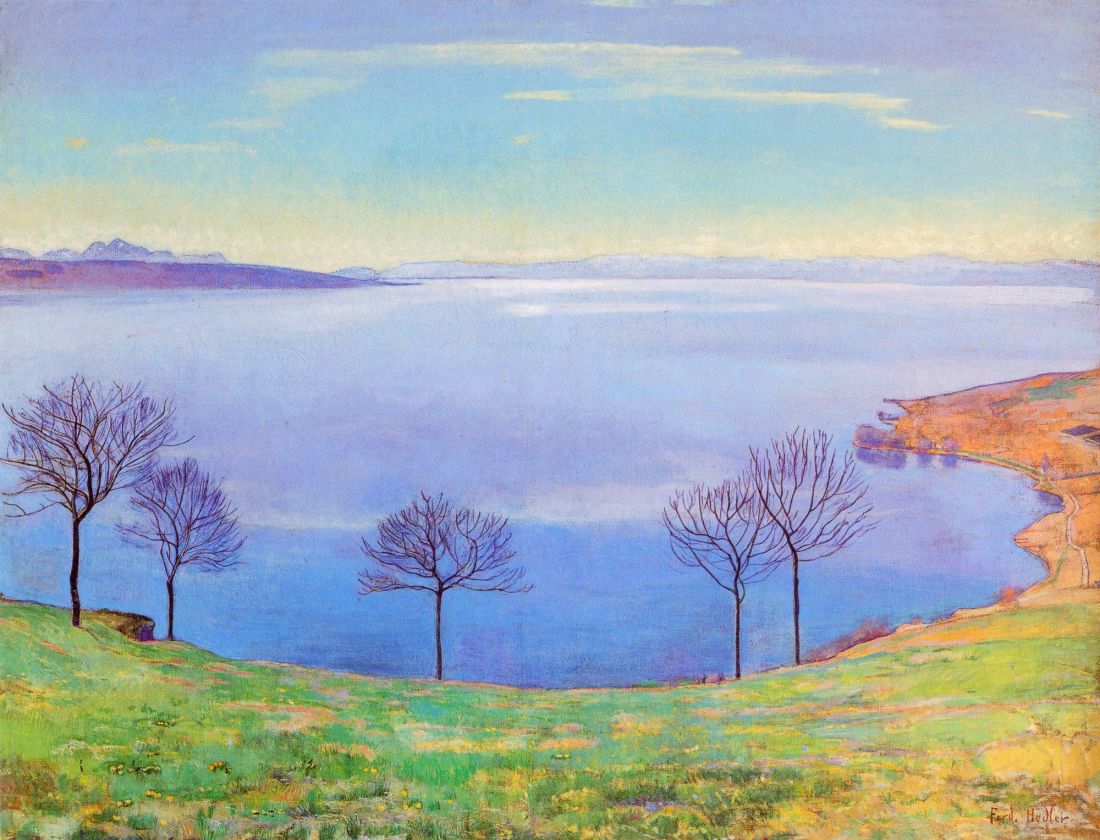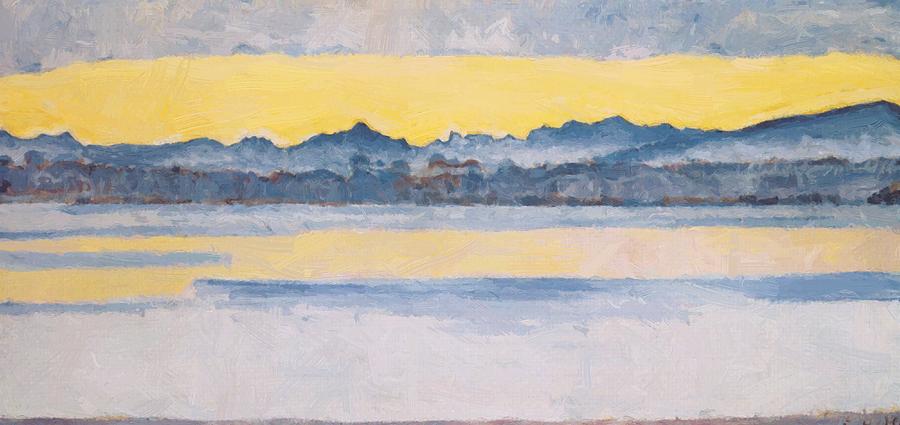
A few years ago, around the time I moved to Switzerland, I went on a hike with some friends. We started off in Montreux and hiked up to Les Rochers de Naye. At the time, it took us all morning and the beginning of the afternoon to hike the 13km (1700m uphill). At one point, we were overtook by a guy that was – get this – running up. I remember we all commented on how crazy that was. It seemed worlds away from what we would ever be able to do.
Well. Today, I was that person.
But it was not easy. No. The mythical Montreux-Les-Rochers-de-Naye race was the hardest race I have ever done.
It started off quite leisurely at Montreux train station. We started running flat and about 800m in we started running uphill. I was feeling quite fresh even though I haven’t been training much. We soon got onto a little forest path that follows the Chauderon river. People in front of me were slowing down on uphill sections and it made me control my pace. It was fresh, there were magnificent waterfalls and leafy, lush vegetation.

Out of the forest, we hit the road and carried on uphill until the first aid station. By now, it was getting warm (yesterday was the hottest day of the year in this region and I don’t even need to check the statistics because hot days have been rare). Some sections were so steep or just so long that we had already begun to alternate running and walking. So had everyone else.
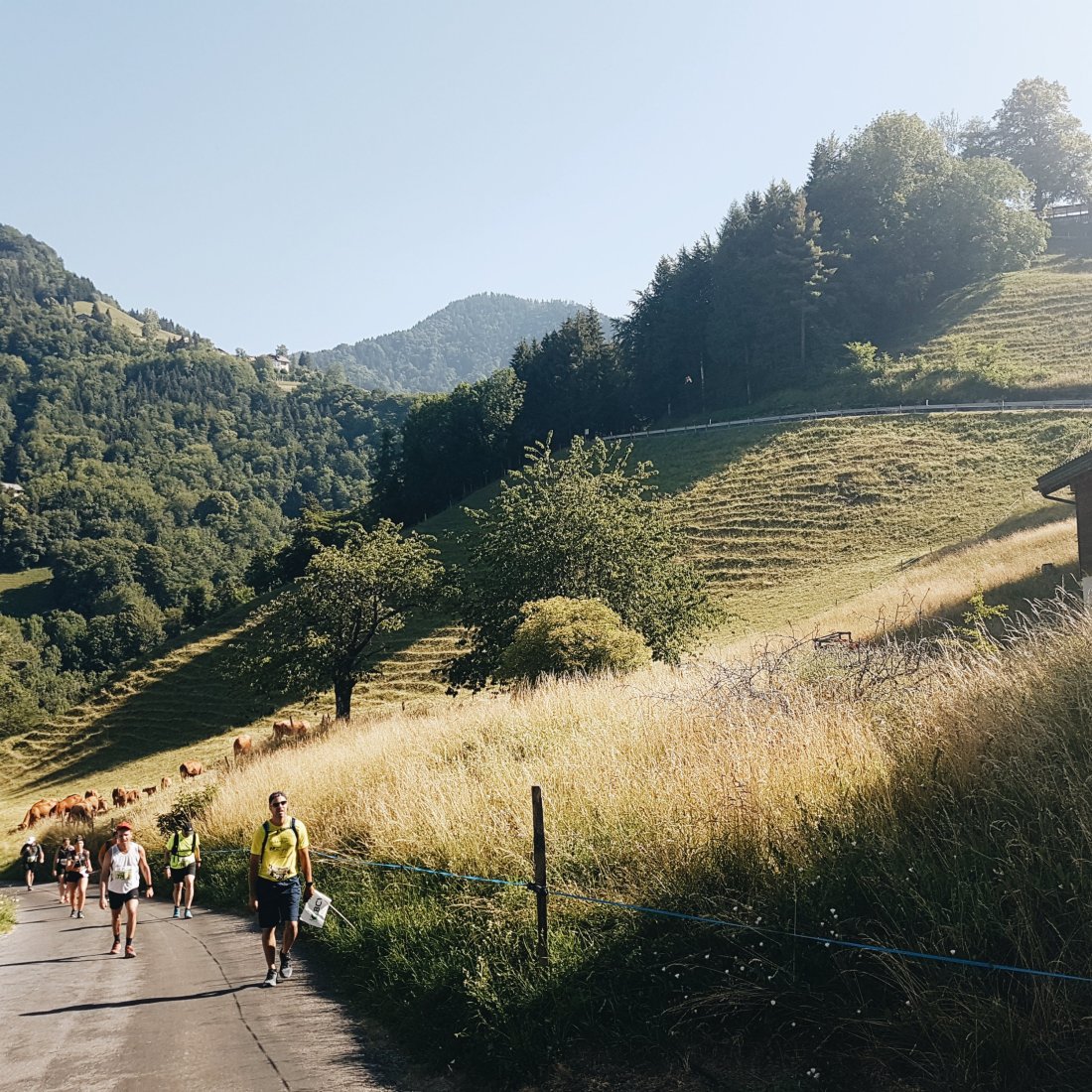
After the first aid station we started running downhill. This was the fast section of the run. I was feeling light and with energy. We began to have views over the lake. Everything was beautiful. There was an accordion player in one of the aid stations. I danced to its music. People laughed and cheered. It was magic.

Then, we started climbing again. We were on the road, but it was steep and long enough to make it difficult to run all the way. I gave up running and decided to walk, keeping up a fast, regular pace. It was the best decision. Thank you to all the years of hiking with scouts in the August sun in the roads and plains of Portugal. I event taught my friends the “passo escuta” (you run for 20 steps, you walk for another 20, and so on).
After a few km on this road, we went into a forest again. It was a soft faux-plat (this means that it is a very gentle climb) that we could run, so we did. My thighs started feeling tight from the effort. At this point, we were about 9 or 10km into the run.
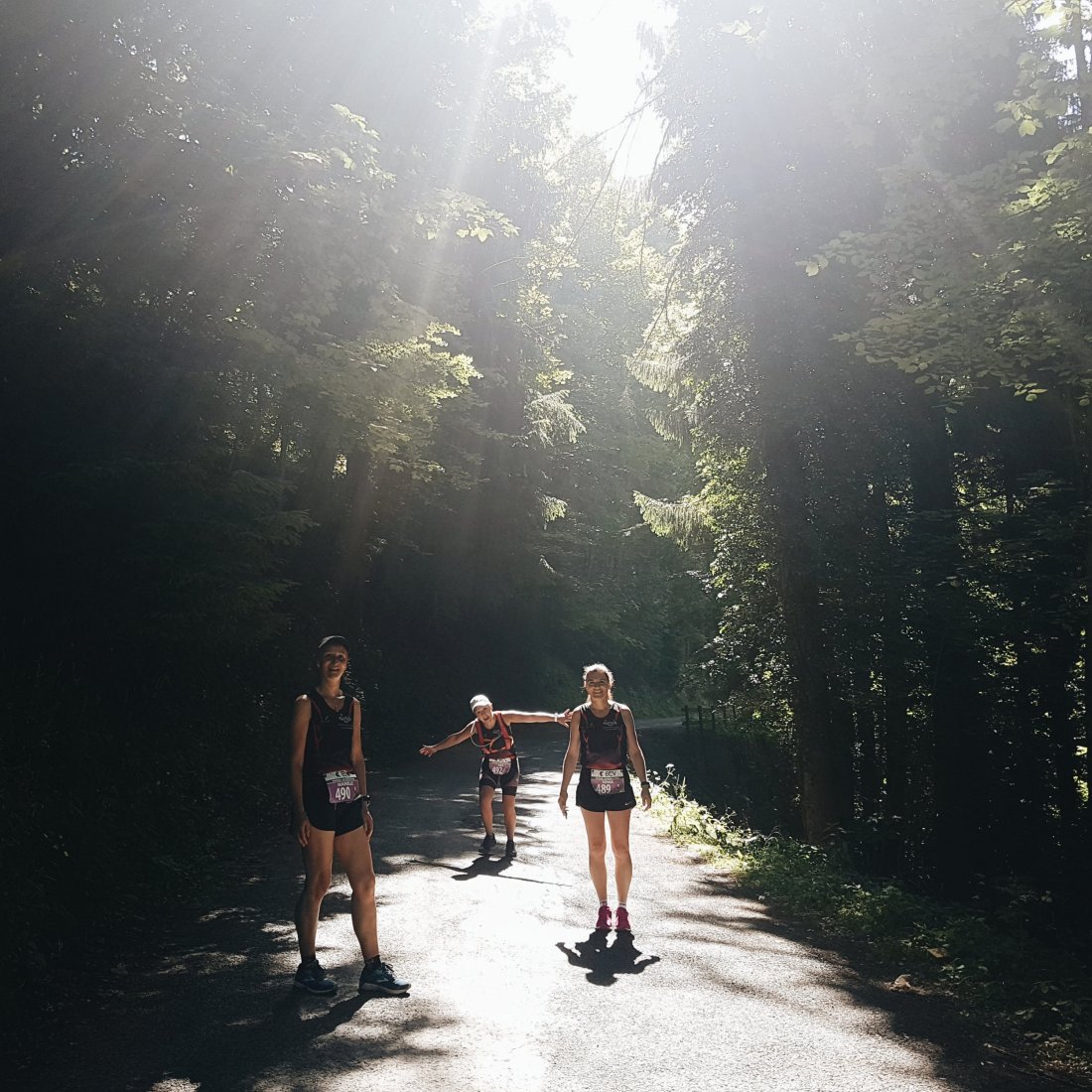
We soldiered on, running when we could, walking when we couldn’t. Spirits were high. We were a team of four. Normally each one runs their own race, but for some reason, the four of us stuck together today and helped each other out during any difficulty. It was a good thing we did, because at 5km to the end of the race, things began to get hard. Really hard.
After an aid station where two of our mates got a kiss from their husbands, we started climbing again. Really climbing. In the sun which was now high up in the sky (it was around 11h30). One of our mates began to get discouraged, saying she’d had enough. It was taking us much longer to reach the km signposts by this point. 4. I tried to distract her by talking about whatever silly thing I could think of.

Then, a forest path that was quite steep. It was fresh, but the climb was making my thighs and lower back yell. I drank some isotonic drink at one of the aid stations that didn’t go down well. Or maybe I was just getting too tired, I felt a little nauseous.
3. I started lagging behind. I can’t remember what happened between 3 and 2. I remember just thinking of putting one foot in front of the other. I breathed. I accelerated when I could. I slowed down when it was too much. Walking, always walking. We were beyond running at this point.

2. A little bit of flat. I tried to run a little. My body seemed to say “really”?


Then we reached the last aid station, 1 km before the finishing line. Normally, 1 km is a relief. You speed up. You get your last bout of energy and you just hammer it down. Well, not on this race. On the last km, 17.8 km after you’ve been hiking and running uphill and you just want it to be over, because it was good but now you’re tired and you could just lie down right there and then, you still have the hardest climb ahead of you.

Which also has the most beautiful views over the Lac Léman, the French Alps and the surrounding peaks of the Alpes Vaudoises.

The last few meters were just… painful. I felt sick. I was tired. I was hot. I just focused on putting one foot in front of the other. We crossed many people on this last bit. Hikers, people from the shorter race who were still coming up as well, people who had reached the top and were running down, families who were just visiting the beautiful Rochers de Naye. Every single one of them encouraged the runners who were still struggling up and when you are on your last bout of energy, every word of encouragement counts.
Then, the climbing stopped and there were a few meters of flat. We turned the corner, and there it was, in all its glory, the finish line. And my mates, waiting for the last two of us to arrive so that we could cross the finish line together.
- Pain: 10/10
- Pleasure: 10/10
- Scenery: 10/10
- Challenge: 10/10
- Will I do this again? You bet I will! 10/10
*My polar marked 17.81km, but the official race distance is 18.8km. I think that during the time we spent in the forest I might have lost GPS signal and the automatic calculations are incorrect.



